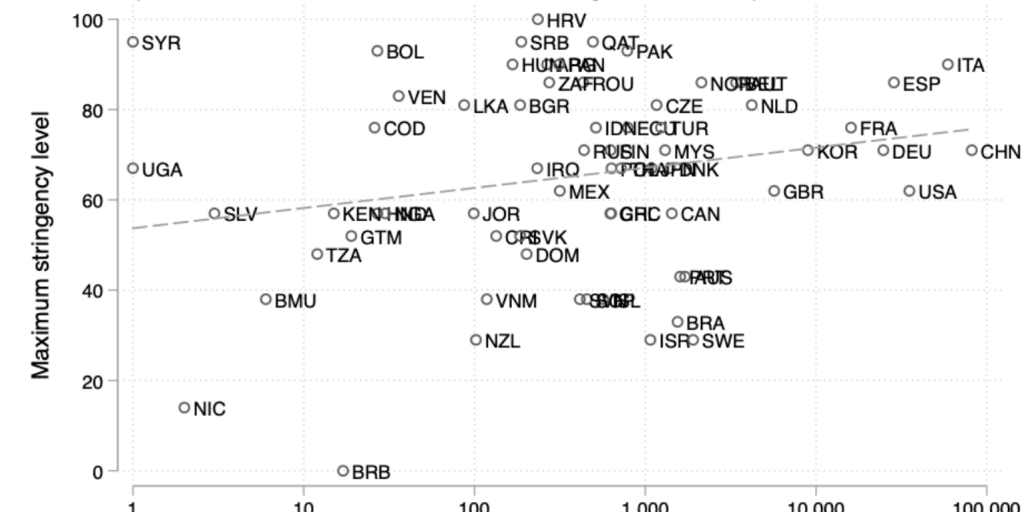Oxford University launches world’s first COVID-19 government response tracker
The first tool to track and compare policy responses of governments tackling the coronavirus outbreak around the world has been launched by the University of Oxford’s Blavatnik School of Government.
The Oxford COVID-19 Government Response Tracker is available online; it is freely available and will continue to be updated throughout the crisis. The tracker launches with data from 73 countries so far, including China, South Korea, Italy, the U.K., Canada and U.S..
The Government Response Tracker systematically records government responses worldwide and aggregates the scores into a common Stringency Index. The index allows users to explore the variation in government responses.
“Our index cannot, of course, tell the full story, but we believe the data we have collected can help decision makers and public health professionals examine the robustness of government responses and provide a first step into understanding exactly what measures have been effective in certain contexts, and why,” Thomas Hale, Associate Professor of Global Public Policy at the Blavatnik School of Government and lead for this project, said in a statement.
The coronavirus outbreak has forced governments to put in place policies to contain the spread of the disease among their population. The Oxford COVID-19 Government Response Tracker collects publicly available information on 11 indicators of government response:
- school closures;
- workplace closures;
- public event cancellation;
- public transport closure;
- public information campaigns;
- restriction on internal movement;
- international travel controls;
- fiscal measures;
- monetary measures;
- emergency investment in healthcare;
- investment in vaccines.
The data is collected from publicly available information by a cross-disciplinary Oxford University team of academics and students from every part of the world.
Government responses vary significantly from one country to another, and like any policy interventions, their effect is highly contingent on local political and social context. The COVID-19 Government Response Stringency Index, like all aggregate indices which combine different indicators into a general index, should not be interpreted as measuring the appropriateness or effectiveness of a country’s response.




















